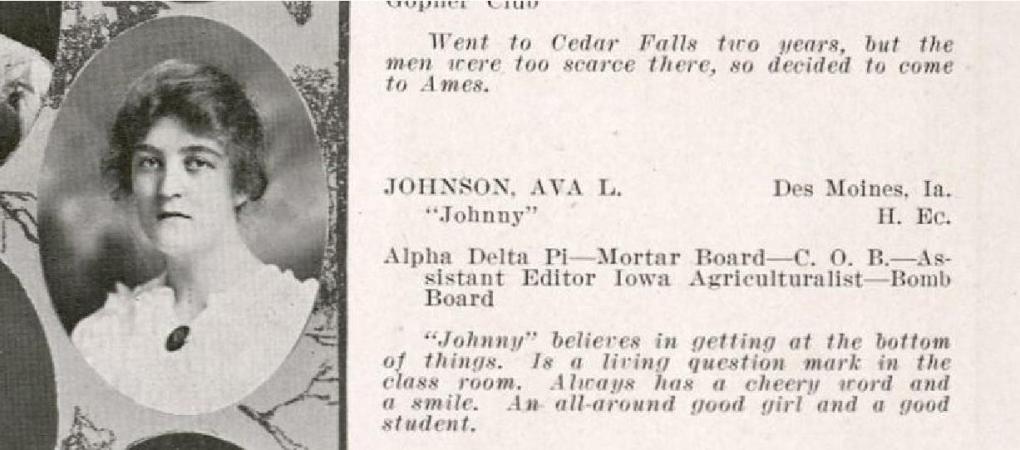March is Women’s History Month, and this year marks the hundredth anniversary of the adoption of the Nineteenth Amendment, which enfranchised (some) women in the United States. Special Collections and University Archives houses many collections focused on women’s history, work, and lives both at Iowa State and around the world: women’s history is Iowa State history, and vice versa.
The administrative records and photographs of the Carrie Chapman Catt Center for Women in Politics (RS 13/21/06) document the establishment and operations of the Center, from its inception in the department of Political Science in 1992 through former director Dianne Bystrom’s resignation in 2018.
In some ways, the history of the Center itself reflects the ways in which the passage of the Nineteenth Amendment was an incomplete victory for women’s liberation: the renovation of the former Botany Hall and its re-dedication as Catt Hall, envisioned as a home for the Center and a celebration of women’s political power, sparked action by students who, already living in the incomplete victory of white woman suffrage and the white feminist movements of the 20th century, raised serious questions about naming the building for Carrie Chapman Catt, given her mixed legacy on race in America. The Catt Center’s website addresses some of those questions more fully; evidence of the student protests and the administrative response to them appear in these records largely as newspaper clippings*.
Materials related to the Center’s programs start the early 1990s, keeping pace with changes in the political and material realities of women’s lives in the United States as they moves forward into the current century. The photographs in this collection document the variety of speakers and visitors the Center has hosted, recipients of the Strong Minded Women Award, Mary Louise Smith Chair honorees, and many others (spot Anita Hill, Elizabeth Dole, and Amy Klobuchar); they also offer more candid looks at the workshops, student trips, and daily work of the Center’s staff.
Recently processed, these records will be open to researchers just as soon as SCUA is.
*Those protests (the September 29th movement), are documented in the University Archives in RS 22/03/03, the September 29th Movement records and RS 22/01/08, the records of the Catt Hall Review Committee. For more about Catt herself, check out this previous post.








![Portrait of Mary B. Welch, [date]. University Photographs, Box [#]](https://isuspecialcollections.files.wordpress.com/2016/08/mary-b-welch.jpg?w=213)





![Barbara Forker speaking at the Forker Building dedication, 1997. [photo location]](https://isuspecialcollections.files.wordpress.com/2016/04/forker-building-dedication_forker-speaking_1997.jpg?w=208)
![Barbara Forker, 1955. [photo location]](https://isuspecialcollections.files.wordpress.com/2016/04/forker-barbara-1955.jpg?w=300)
![Barbara Forker and President Gerald Ford, signed by President Ford, circa 1977. [photo location]](https://isuspecialcollections.files.wordpress.com/2016/04/forker-and-president-ford_ca1977.jpg?w=500)



